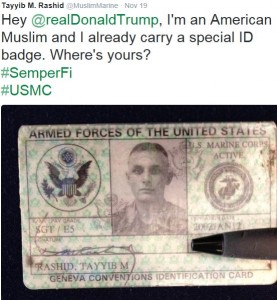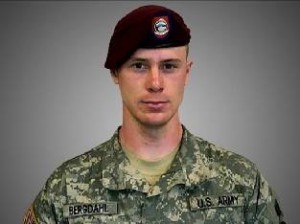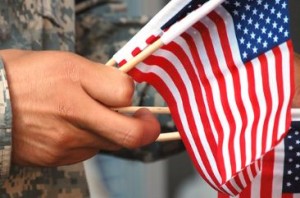How Much Time is Needed to Properly Train Guard Troops?

By Debbie Gregory.
Lt. Gen. Timothy J. Kadavy, the Army National Guard director, has contemplated whether 39 days a year for training and drill is enough for the Guard Soldiers. His conclusion? More training is needed.
To that end, the U.S. Army’s top officer is planning to more than double the number of required annual training days for some National Guard units.
Given the plan to reduce the active force from 490,000 to 450,000 by 2018, Army Chief of Staff Gen. Mark A. Milley had asked for more insight into how the Guard trains and maintains readiness.
The current training includes two drill days a month, plus an additional 15 days a year, for a total of 39. The Guard troops also get two Combat Training Centers rotations/year, one at the Joint Readiness Training Center on Fort Polk, Louisiana, and one at the National Training Center at Fort Irwin, California.
“Maybe we need to look at changing that … maybe I should take some of the Guard and significantly increase the number of training days they train in a given year — maybe 60 to 100 days a year to reduce the response time on the back end when they get alerted and mobilized,” Milley said.
Kadavy said that the minimum 39 days are antiquated, and that the Army National Guard has done a significant amount of “learning” as its units have geared up for deployments to Iraq and Afghanistan over the last 14 years.
“We need to continue to exercise to some degree those lessons-learned, and then learn new lessons and continue to progress,” he said. “I think our Army and our nation needs us. I always believe readiness should be looked at as an investment and not simply as a measurement of cost.”
Kadavy also said a priority for the Army National Guard is ensuring leader development. Combat experience alone doesn’t ensure success of the Guard, he said.
But “leaders of character will,” he said. “I depend on these leaders of character to help foster a climate of trust, because we all know trust is the bedrock of our profession.”
He also expressed concern with maintaining a resourced and modernized Army National Guard. To meet emerging challenges, he said, the Army National Guard “must be able to maintain a viable investment strategy for both equipment and facilities.”
The last thing Milley wants to do is send unprepared units into combat.
“We have to lean on the Guard, but that means that I have to get their readiness levels up to a level that is combat capable in the shortest amount of time post mobilization,” Milley said.
Military Connection salutes and proudly serves veterans and service members in the Army, Navy, Air Force, Marines, Coast Guard, Guard and Reserve, and their families.


























